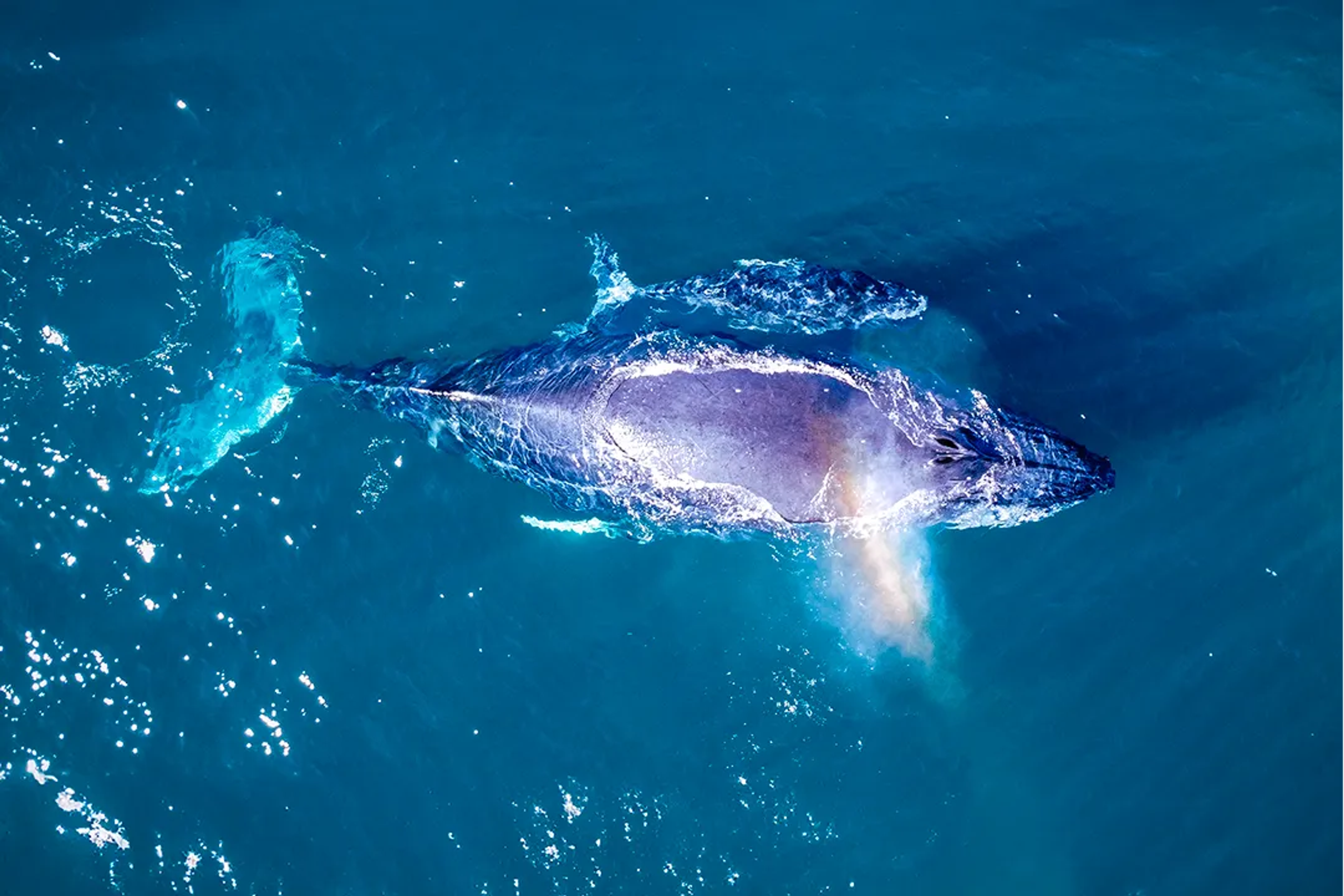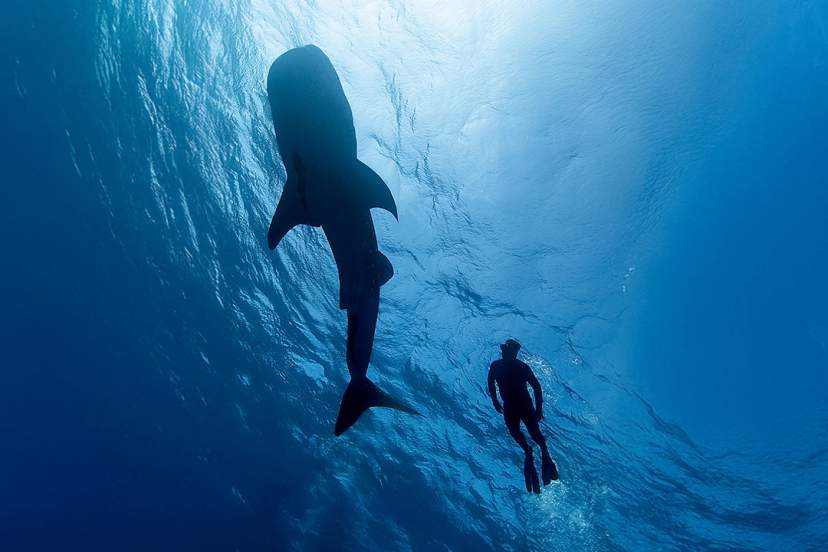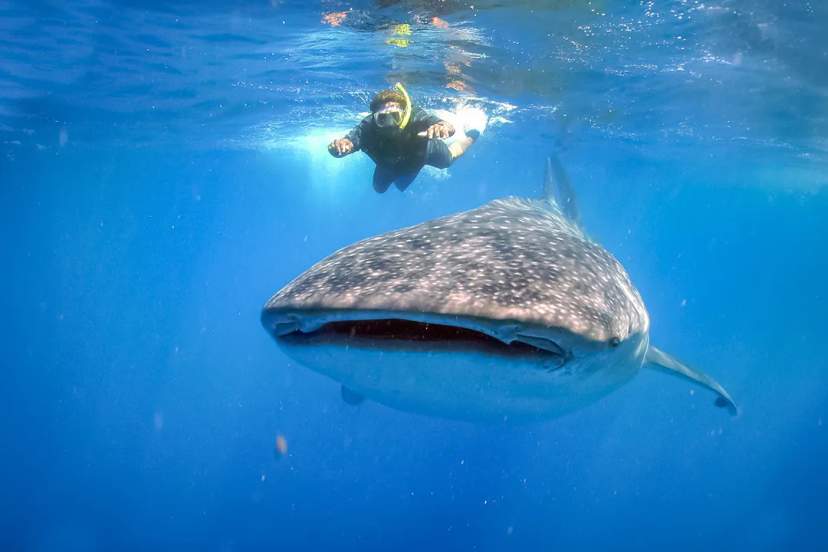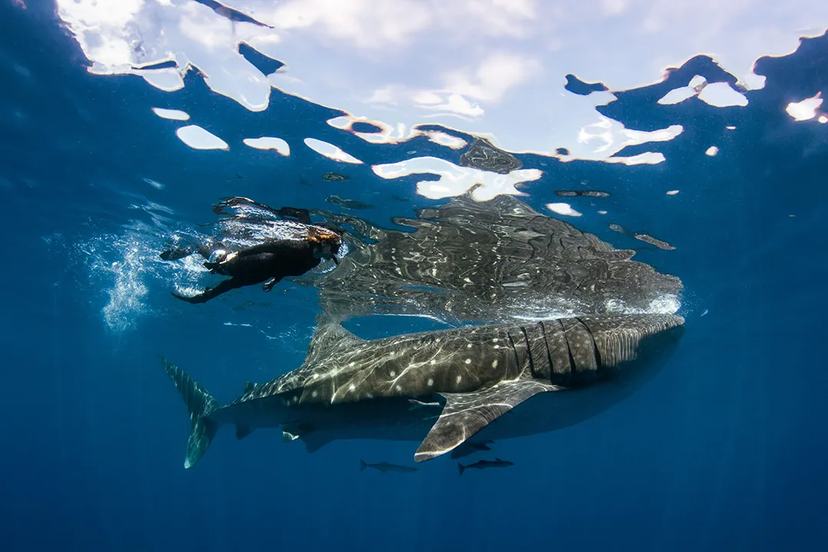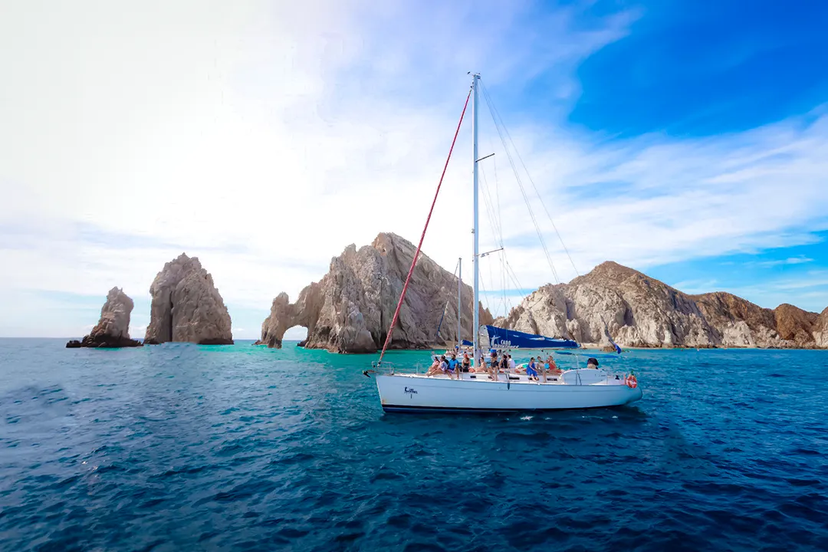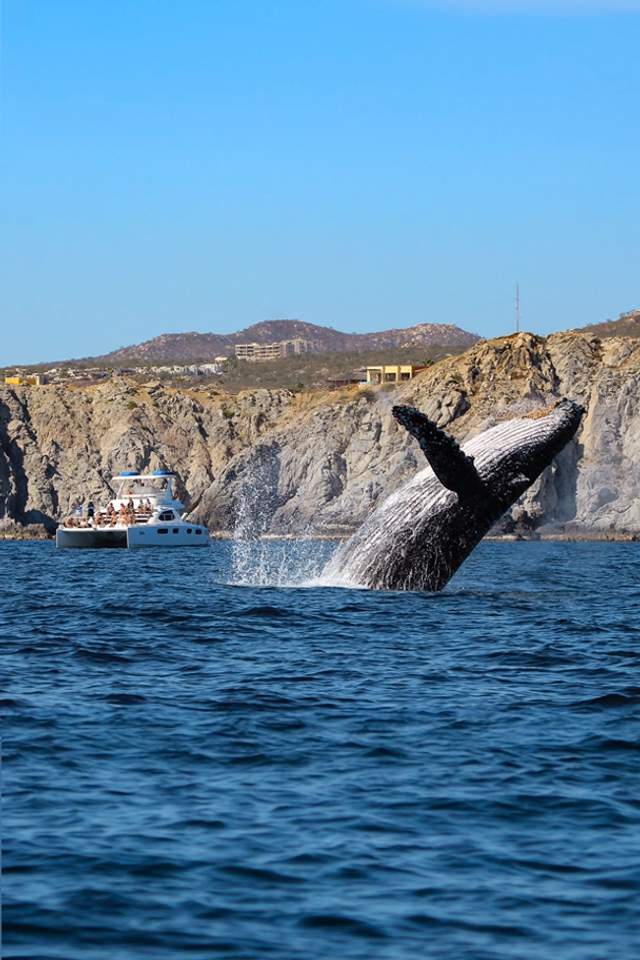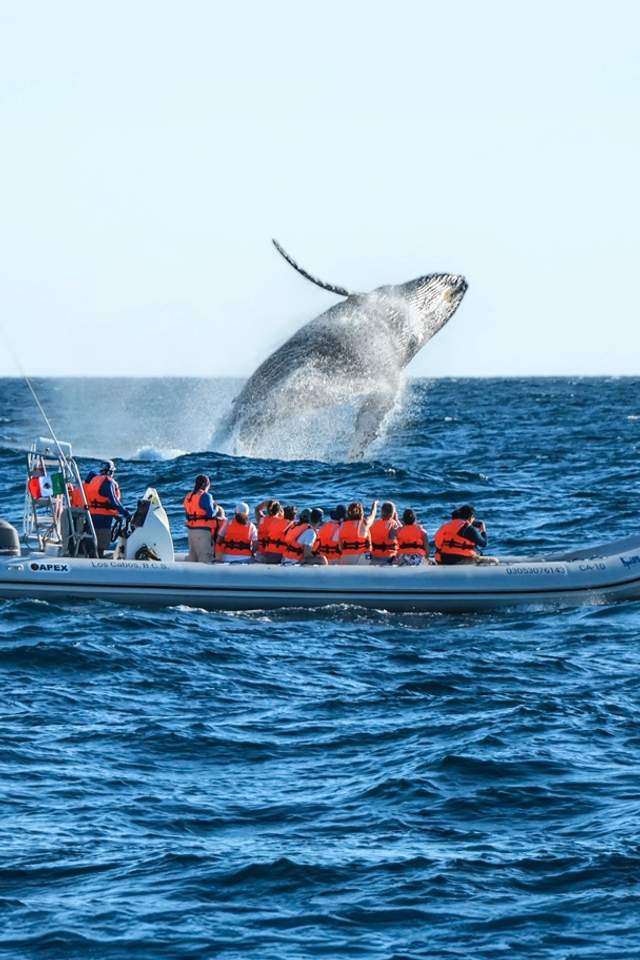Whale Watching Season in Cabo: Best Time to Visit
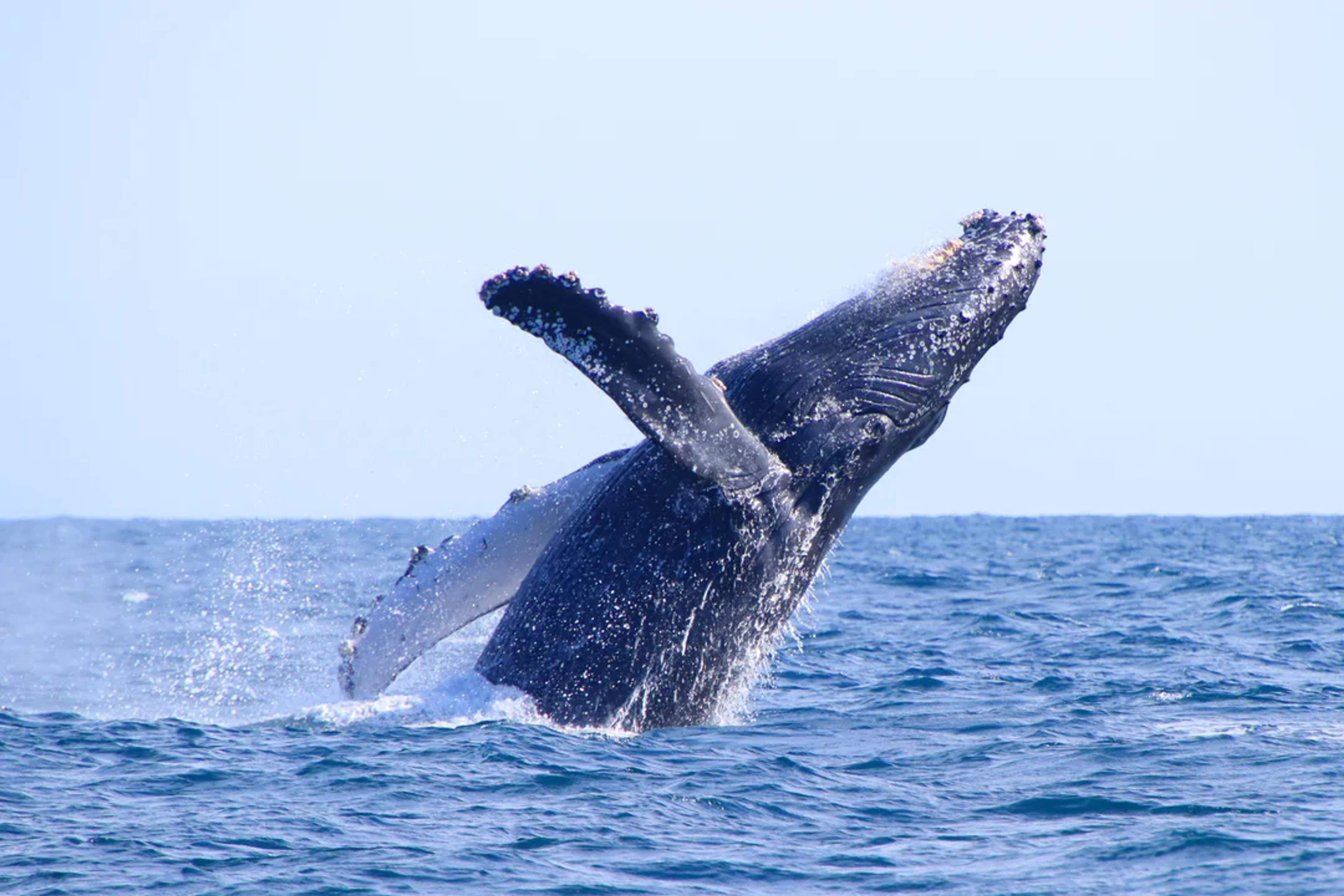
The whale watching season in Cabo San Lucas typically spans from December 15 to April 15, though dates may shift slightly based on annual migration patterns. The peak months, when sightings are most consistent, fall between January and March.
Every winter, whales travel thousands of miles from colder northern waters to the sheltered coastlines of Baja California Sur to rest, mate, and nurture their young. Cabo’s placement along this migratory path ensures consistent opportunities for observation.
Timing your outing also depends on the time of day. Morning tours offer calmer seas and are generally preferable for families or those sensitive to motion. Afternoon excursions often bring increased wind and tide activity, which can lead to more dynamic whale behaviors like breaching and pectoral slapping.
Biologists note that whale activity often follows a rhythm: two to three days of heightened activity followed by short periods of rest. With this in mind, it’s worth building flexibility into your itinerary to increase your chances of witnessing something remarkable.
For those who prefer a guided educational experience, small-group options like Whale Watching in Cabo allow guests to learn from marine experts while respectfully observing these gentle giants.
Whale Species You Can See in Cabo
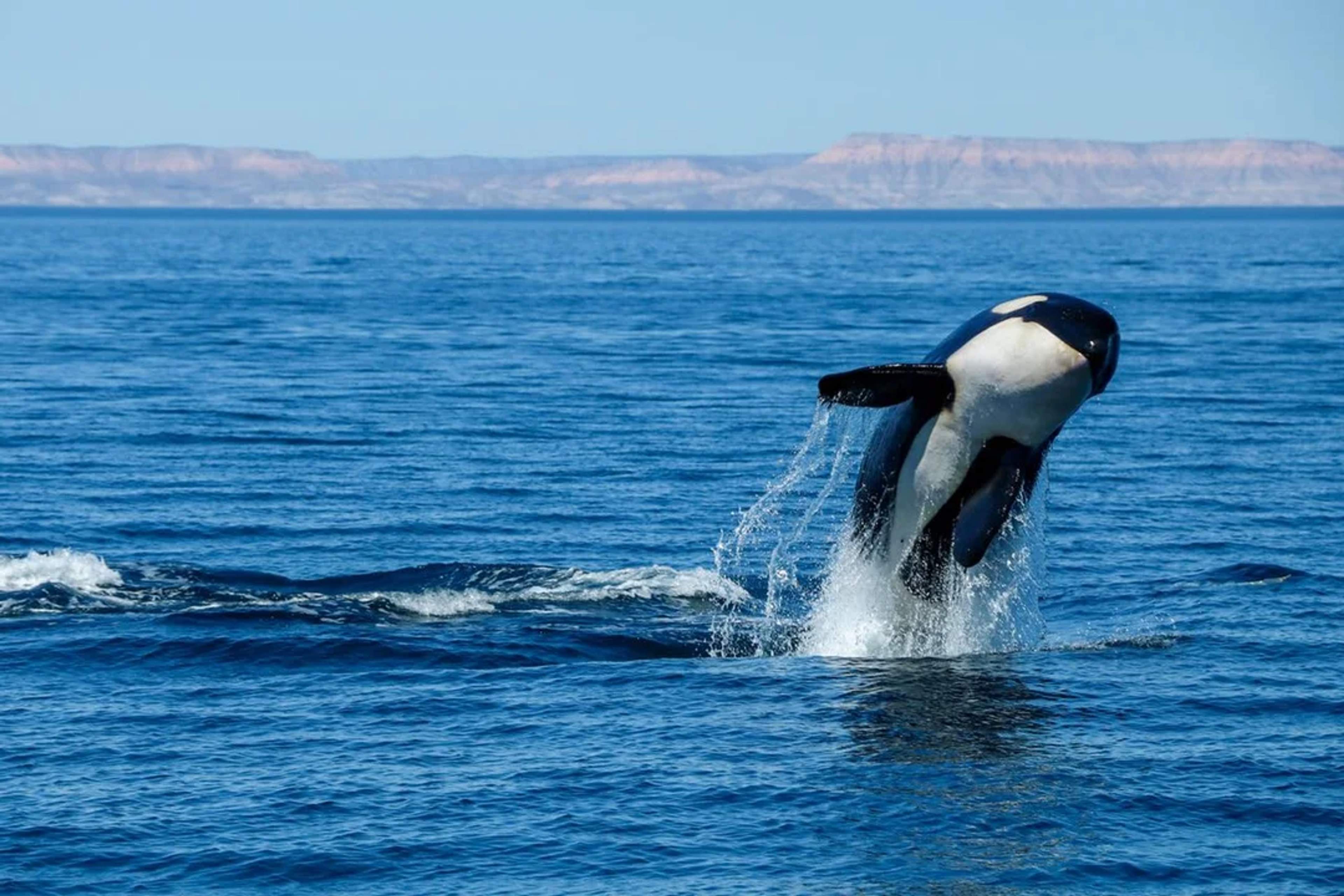
The waters off Cabo San Lucas support an array of marine life, and during the migration season, several whale species pass through or linger in the area’s warm bays.
Humpback Whales
Humpbacks are the most frequently seen in Cabo. They’re known for their dramatic surface behaviors—leaping, tail slapping, and fin waving—as well as their complex vocalizations. These characteristics make them a favorite among wildlife watchers.
Gray Whales
These gentle travelers migrate the farthest of any whale species, completing a round-trip journey of up to 12,000 miles. Gray whales give birth and nurse in Baja’s lagoons, and while they’re more common in areas farther north, they are occasionally seen along the southern coastline.
Blue Whales
Occasionally spotted near Loreto in the Sea of Cortez, blue whales are the largest animals on Earth. Their appearance is rare but unforgettable, and their presence reinforces the global ecological importance of this region.
Orcas (Killer Whales)
Not common but always thrilling, orcas are highly intelligent and travel in small pods. Their striking black-and-white coloration makes them unmistakable.
Whale Sharks
Though not true whales, whale sharks are another awe-inspiring species found nearby. These gentle, plankton-eating giants are most often seen in La Paz and can be visited on dedicated snorkeling tours.
Additional sightings may include fin whales, sperm whales, and Bryde’s whales, depending on time, conditions, and a bit of luck. Cabo’s rich waters and favorable conditions support an ever-changing mix of marine life, and each outing offers something new.
Why Cabo Is Perfect for Whale Watching: Sea of Cortez and Baja California Sur
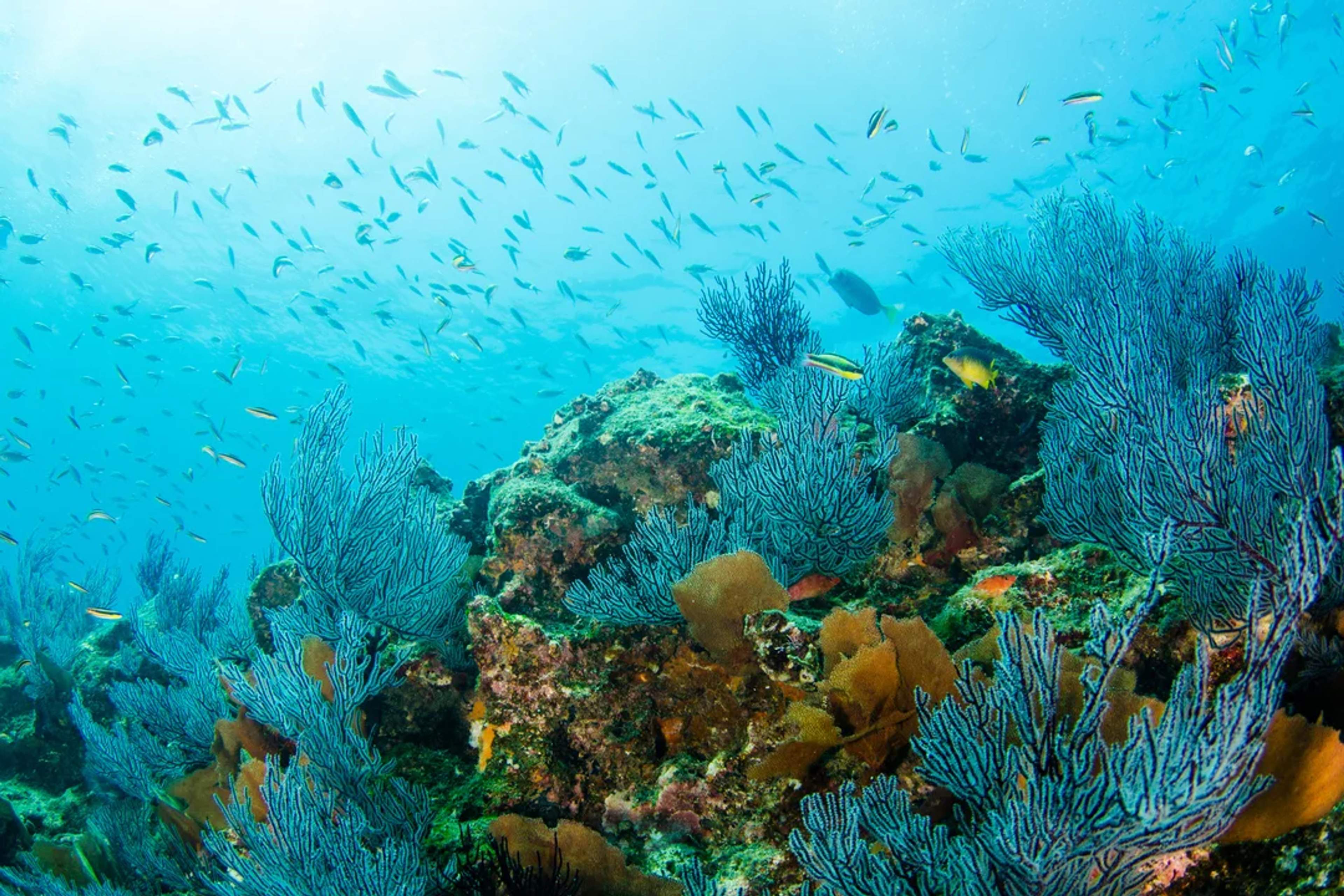
Cabo San Lucas benefits from a rare convergence of ecological and geographical features. Its position at the junction of the Pacific Ocean and the Sea of Cortez places it within a globally significant migratory route for whales and other marine mammals.
The Sea of Cortez, often referred to as "The Aquarium of the World," is one of the most biodiverse marine regions on the planet. It supports more than 900 species of fish and over 30 species of marine mammals. These nutrient-rich waters create ideal conditions for feeding, mating, and birthing.
Meanwhile, the Pacific side of the peninsula offers deeper, open-ocean conditions that appeal to larger, pelagic species. The interplay of these two environments results in a dynamic habitat that supports marine life year-round.
The calm bays and protected coves along Baja’s coastline, especially in areas such as Magdalena Bay and San Ignacio Lagoon, provide crucial nursery areas for species like the gray whale. These sites, though further afield, complement the experience in Cabo and help to underscore the peninsula’s broader ecological importance.
Whether you’re watching from the shoreline or participating in a small-group boat tour, being in Cabo during whale season places you at the heart of one of nature’s most impressive migrations.
Tips for an Unforgettable Whale Watching Experience
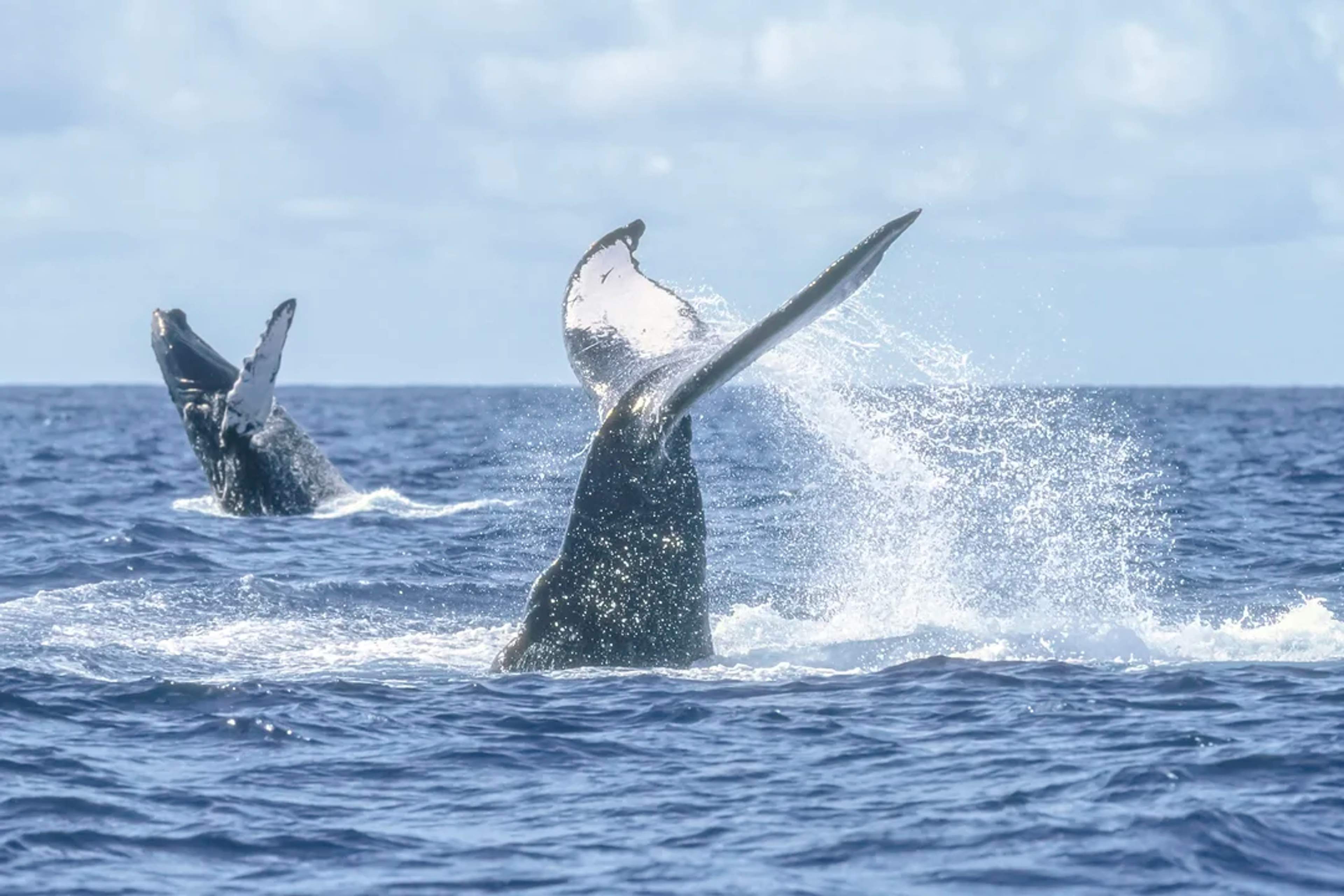
Planning ahead can make your time on the water more comfortable and rewarding. Here are a few suggestions to enhance your whale watching experience:
- Book early: Tours fill quickly, especially during January through March.
- Dress in layers: Mornings on the water can be cool even on sunny days.
- Sun protection: Bring sunglasses, sun protective clothes and a hat.
- Seasickness precautions: If you’re sensitive to motion, take preventative steps—such as medication—and consider booking a morning tour.
- Binoculars and camera: Zoom lenses or binoculars can help capture distant activity.
- Listen to your guide: Their expertise offers context that deepens the experience.
Above all, approach the activity with patience and curiosity. Nature operates on its own rhythm, and part of the wonder lies in the unpredictability of what you might see.
For a more relaxed and panoramic encounter, some visitors choose sailing experiences such as Luxury Whale Watching, combining ocean exploration with the comforts of an open deck and a slower pace.
FAQs: Whale Watching in Cabo
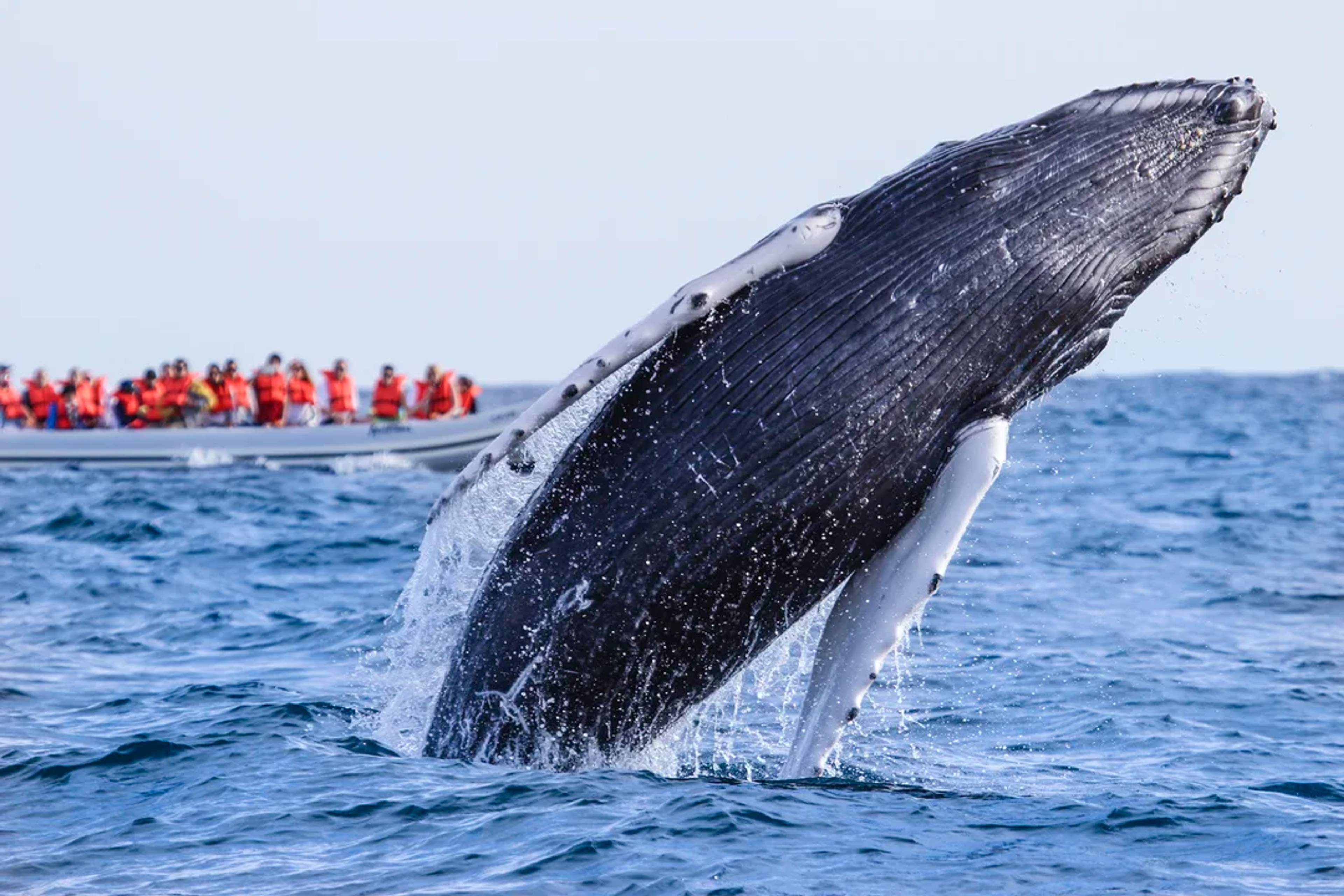
Can you see whales from shore in Cabo?
Yes, during peak season, whales can sometimes be spotted breaching offshore or spouting in the distance from beaches, resorts, or elevated viewpoints.
How close do boats get to whales?
Guided tours maintain a respectful distance in compliance with federal regulations. However, whales are curious and may approach boats on their own.
Is whale watching safe?
Yes. Licensed operators prioritize passenger safety and adhere to environmental protocols that minimize impact on marine life.
Are tours appropriate for children?
Most are family-friendly, especially calmer morning outings. It’s best to confirm age guidelines when booking.
How long do tours last?
Typically, whale watching tours last between 2 and 3 hours, long enough to explore without feeling rushed or fatigued.
For safety information around whale sharks, visit this guide to whale shark safety and behavior.
Exploring Beyond: Whale Watching in Baja California Sur and the Sea of Cortez
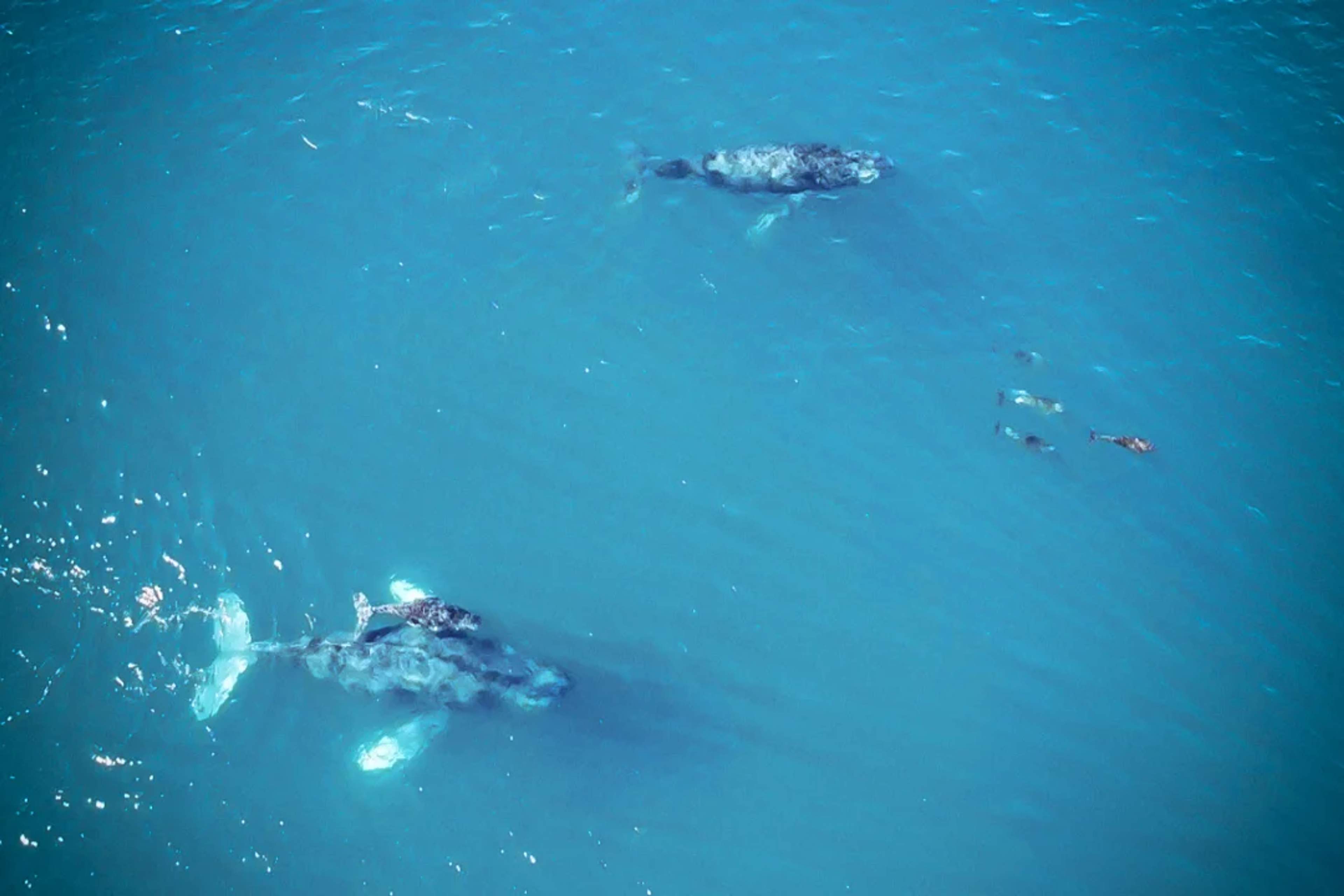
Cabo is just one part of a much larger marine corridor. Those interested in exploring further can consider a visit to neighboring whale habitats along the Baja Peninsula.
San Ignacio Lagoon
Located in central Baja, this biosphere reserve is one of the few places where gray whales routinely approach small boats. Known as "friendly whales," these interactions are remarkable for their mutual curiosity and gentleness.
Loreto and the Sea of Cortez
On the eastern side of the peninsula, Loreto serves as a base for spotting blue whales, fin whales, and dolphins. The adjacent marine park protects a vast underwater environment, making it ideal for wildlife encounters.
Combining a Cabo visit with time in these lesser-traveled areas can offer a fuller picture of the whales’ migratory journey. Each destination provides a unique perspective, and together they showcase the interconnected ecosystems that support these extraordinary animals.
Conclusion
Whale watching in Cabo is more than a seasonal attraction—it’s a meaningful opportunity to observe nature in motion. The sight of a whale breaching just offshore, or the stillness of a tail disappearing beneath the surface, speaks to something elemental and timeless.
Thanks to its location, climate, and ecological richness, Cabo has become a natural gathering place for these remarkable marine mammals. The experience invites not just admiration, but reflection—and perhaps a deeper sense of responsibility for the oceans we share.
Whether you're planning your first whale encounter or returning to relive the experience, you’ll find something special in these waters. To ensure a truly enriching and eco-conscious experience, consider joining a thoughtfully guided tour with Cabo Adventures, where education, conservation, and unforgettable encounters are at the heart of every journey.
